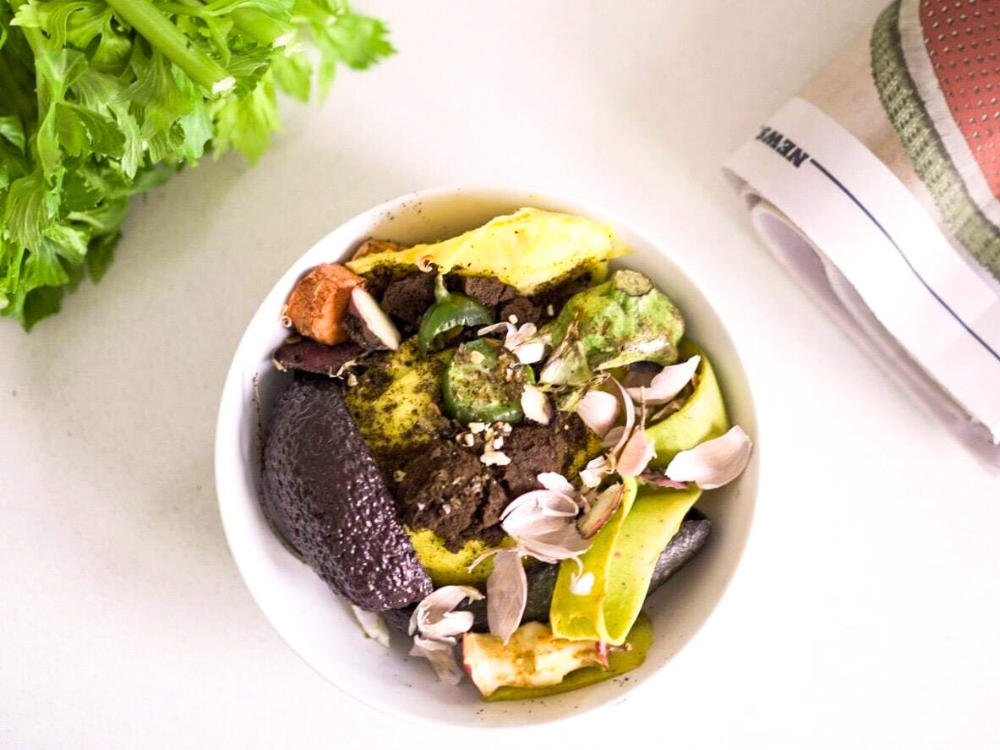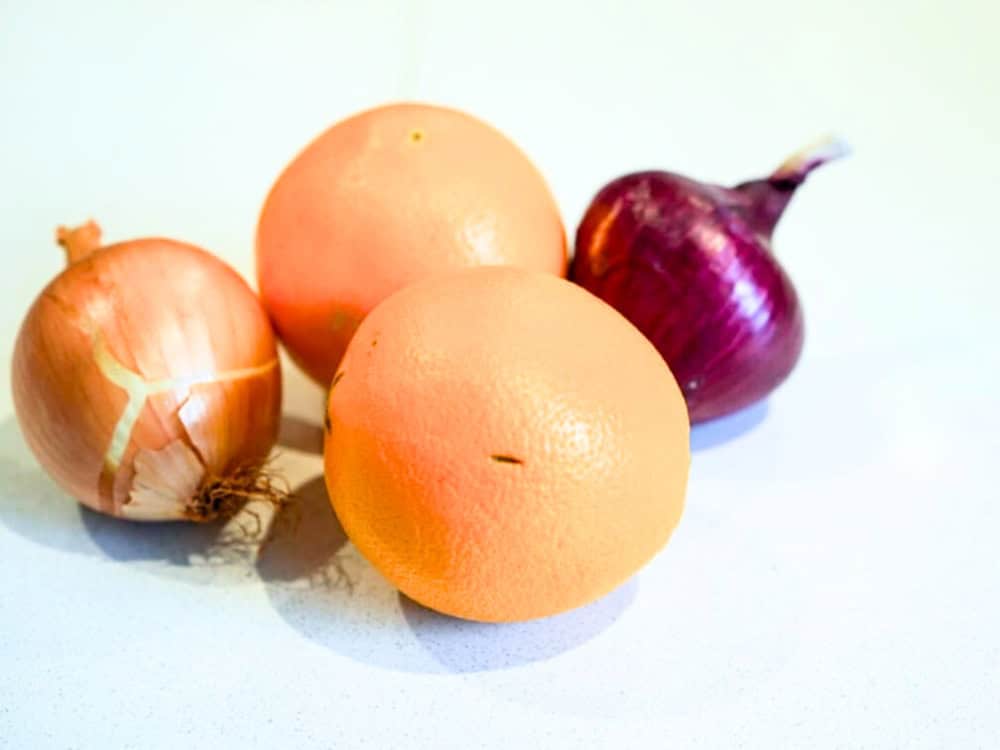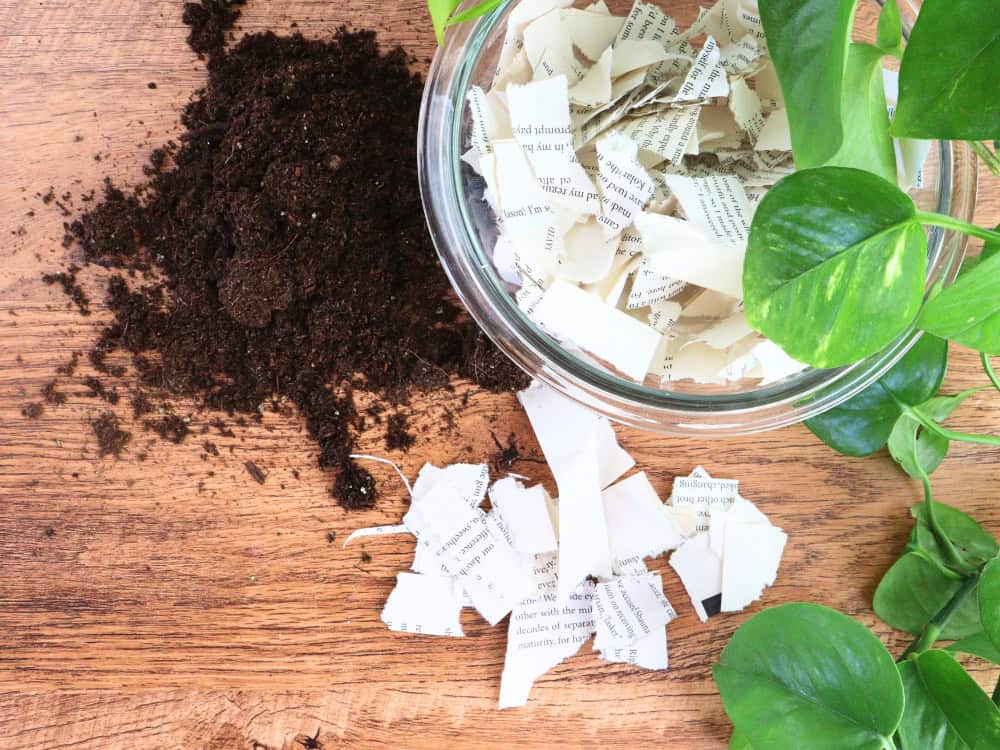
What Do Worms Eat?: A Vermicomposting Guide To Feeding Worms
Getting into vermicomposting—AKA composting with worms—is one of the best ways to super-charge your sustainability efforts. Why?
Because these wriggling wonders will happily chow down on most of your food scraps and compostable materials, turning it into nutrient-rich worm tea for your plants. And considering 50+% of municipal solid waste generated falls into this category, that’s a lot of waste-reducing potential.
But while worms are pretty non-picky eaters, there are a couple of things you should know about what you can and can’t compost with them—or should we say, chomp-ost with them?—in terms of how to keep worms alive in a container.
So, getting to the aortic arch of the matter, what do worms eat?
The Full List Of Facts on What To Feed Worms In a Worm Bin
1. Best Worms For Vermicomposting

Before we hand out menus, let’s meet our dinner guests. When we think of earthworms, we tend to conjure up one image but when it comes to composting, there’s a variety to consider:
- Red wigglers: These heroes of vermicomposting becayse they’re efficient and easy to keep. These small worms are surface dwelling, or epigeic, and cluster in upper layers of organic matter. Since Red Wrigglers naturally eat manure and fallen leaves, they’re exceptionally suited to composting much larger scraps of organic matter.
- Redworms: Like red wigglers, redworms are also a top choice for vermicomposting, but are incredibly difficult to identify, so it’s best to order from a local supplier or online to get the right worms.
- Nightcrawlers:If you’re an avid fisherman, you might be familiar with these “bait worms”. Nightcrawlers are much larger than red wigglers, growing 8-10” long and up to 0.5” in diameter, and are anecic, meaning they burrow deep down into the soil. This makes them great for aeration purposes in your yard, but less effective composters.
- Superworms (AKA Kingworms): As the larvae of a beetle, superworms are actually an above-average sized mealworm typically used for feeding pet reptiles, but they can stay in their larvae stage for up to a year (important if you plan to use them for composting). While traditionally not go-to composters, that could all change since a Stanford University study found superworms capable of digesting Styrofoam.
You can actually mix types of worms in the same bin to tackle waste at every level. Let nightcrawlers take care of your lower soil layers while red wigglers chow on the top. Just keep superworms out of the mix.
2. What To Feed Compost Worms

Worms, like any compost bin (or people for that matter), need a balanced diet consisting of green and brown matter.
Green matter is high in nitrogen (the protein of the worm world) and consists of kitchen and yard scraps, like fruits, vegetables, and leaves. Greens are essential in helping your worms breed and grow.
Brown matter is high in carbon (the carbohydrate of the worm world) and consists of things like paper and dead plant matter. These provide worms with energy, absorb odors, and help in faster formulation of humus, an important composting byproduct.
Fortunately, you can typically get a good mix of these things from your everyday food waste, which is perfect, since worms eat what people don’t typically want:
- Eggshells: These provide calcium with promotes overall bin health, act as “grit” with which to break down other food, and balances the bin’s pH levels.
- Fruits & vegetable scraps: Potato skins, banana peels, apple cores, overripe produce…worms love it all. Just be sure they’re washed and ideally organic so as not not to contain any pesticides that could kill the worms). Be aware of how much fruit you’re adding. High sugar content will elevate the pH of the bin and might require you to rebalance the levels.
- Moldy bread: You know that loaf of bread you forgot about? No shame, we’ve all been there. Grind it up and feed your worms. Be mindful of the amount of grains you add, because they can harden before your worms can eat them. Plus, bread attracts unwanted pests and rodents.
- Coffee grounds & tea: If the tea bag is entirely organic (like organic cotton), you can toss that in, too. But if not (or if you don’t know), it’s likely made of plastic so cut it open to remove the tealeaves and only feed those to your worms.
Worm diets aren’t limited to leftover scraps from other human edibles, either. You can also look outside your zero waste kitchen for organic matter such as leaves, hair and nail clippings, cotton scraps (like from organic towels, rags, or pieces of 100% cotton clothing), and paper products like paper towels and cardboard (be sure to shred and soak it in water before adding).
Worms can also safely eat and digest manure, making them a perfect solution for dealing with waste you otherwise can’t compost due to risk of bad bacteria. After all, horse and cow manure are part of their natural diet, so think of it as a worm’s favorite food.
3. What Not To Feed Worms

While the list of what worms eat is long indeed, it’s not infinite. Like the rest of us, worms have their limitations and there are a few common household scraps that are not suitable as food for worms:
- Processed foods with lots of preservatives: These aren’t good for us, and they’re not good for worms either.
- Citrus: Worms eat most fruit scraps, but stay away from citrus and anything high in acidity. This includes tomatoes, oranges (including the peel), limes, lemons, onions (though onion skin is okay), pineapple, and papaya. Not only are acidic things toxic to worms, but they throw your pH out of wack and slow down decomposition.
- Onions & garlic: Too acidic and smelly for worms.
- Meat, bones, & dairy: Worms can consume these, but the smell of rotting animal byproducts will also attract lots of unwanted pests, or stink up your house.
- Oil: Worms breathe through their skin, and a coat of oil prevents them from breathing. Natural oils, such as that of avocados and nuts, are the exception.
- Spicy or salty foods: Because worms breathe through their skin, avoid potential irritants like these, which can actually burn worm skin.
- Dry grains: Grains like bread can be added in moderation, but dehydrated grains like pasta or rice will produce too much heat in your worm bin, raising it to dangerously high temperatures.
- Poisonous plants: It may seem like a no-brainer to avoid poison oak or ivy, but plenty of other plants are secretly toxic. Rhubarb, for instance, produces deliciously edible stalks, but its leaves are poisonous. This goes for any insecticides you may have sprayed on your plants as well. Make sure know exactly what’s in your sustainable garden before it goes in your worm bin.
- Grass: Strange, we know, but as grass decomposes it does two things: 1) raises the temperature of your worm bin, and 2) emits ammonia.
- Color inked/glossy paper: Stick to plain, uncoated paper.
4. Tips For Feeding Worms

Now that you know WHAT earthworms eat, it’s time to wriggle a bit deeper into the optimal methods of feeding them. After all, we typically preferred our food prepared, and worms are no different.
1. Properly Prepare Scraps
Despite how efficient these guys are at chowing down, they actually don’t have any teeth, so they can’t eat anything until it starts to decompose. Breaking down your scraps (by shredding, pureeing, freezing, soaking, or even microwaving to room temperature) prior to feeding helps expedite the process.
Make sure food scraps aren’t too far gone, either. Worms like things as they’re beginning to decompose, so don’t give them anything too rotten or it’ll just stink up your bin.
2. Know How Much Worms Eat
How much you should feed worms depends on how many you have. For a new bin, your worms will take a couple weeks to mature and reach max consumptiom, where they can eat up to half their body weight in a day. For perceptive, 1000 red wigglers (the recommended amount to start vermicomposting) weigh about 1 pound, needing one half-pound of food daily.
You don’t necessarily need to weigh your worms or their food. Worms will tell you when they need more. When their last meal is nearly gone, it’s time to feed them again.
Keep in mind it’s better to underfeed your worms than overfeed them, which can cause the food to rot and cause “protein poisoning”, in which your worms will start to look sickly and discolored. Prevent this by “pocket feeding” or adding smaller amounts of food to rotating sections each day or two.
If the health of your bin is optimal, the worm population can double every 60-90 days, meaning you’ll need to account for that gradual increase in amount of food, keeping a balanced carbon to nitrogen (C:N) ratio. A successful vermicomposter should see a C:N ratio between 20:1 and 35:1. A 30:1 ratio is key; brown carbon rich materials are greater and green nitrogen rich materials are lower.
That’s a lot of fancy number talk for a simple rule of thumb: strive for equal parts green and brown.
3. Cover Food For Worms With “Bedding”
Shredded paper works great. This maintains moisture and encourages your worm to come to the surface. Otherwise, they’ll stick toward the bottom of the bin, where it’s darkest and coolest.
4. Maintain Your Worm Bin Between Feedings
Specfically, be on the lookout for potential problems.
For instance, your bin might be too moist or too dry. A dry bin is easily fixed by adding water. An overly wet bin, however, must be remedied by adding dry, carbon rich materials to absorb the water. If you’ve added a lot of watery food, like lettuce, melon or cucumber, make sure to balance it with some paper.
Temperature is another thing to be mindful of. Keep your bin a cool location out of direct sunlight to prevent your worms from getting too hot. If this happens, worms will cluster toward the bottom, eating less food, slowing their reproduction rate, and even causing death if bins gets over 95°F or 35°C.
That said, don’t let your worms get too cold either, or they’ll huddle together and consumption will decrease.
Pay attention to smell, too. A healthy worm bin should smell earthy. If it smells rotten or vinegary, chances are you’ve either added meat or dairy, or have too much acidity in the bin. Some acidity is naturally produced during microbial fermentation, but too much can burn worm skin. Correct pH by removing any uneaten food and adding neutral pH materials like eggshells and paper.
If you notice unwanted guests—like fruit flies, rodents, potworms, centipedes, and earwigs—it probably means you’re adding something you shouldn’t.
Did you know we Have a Newsletter?
We cover the latest in sustainable living, fashion, zero waste, beauty, travel, finance and more…





